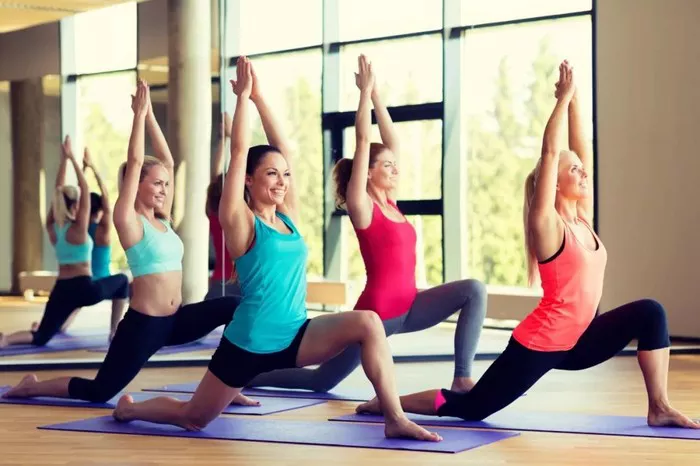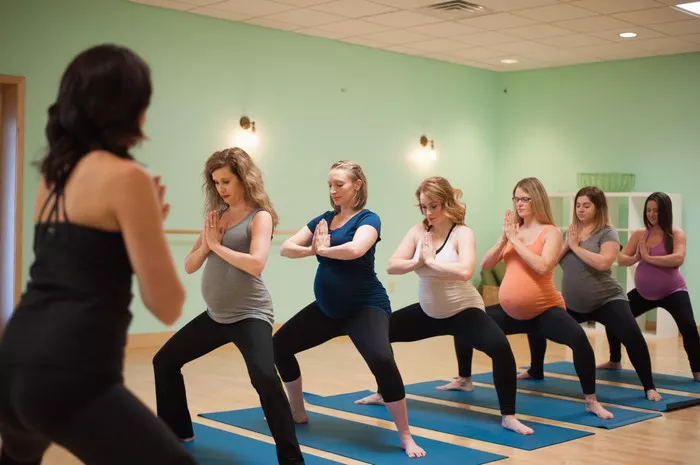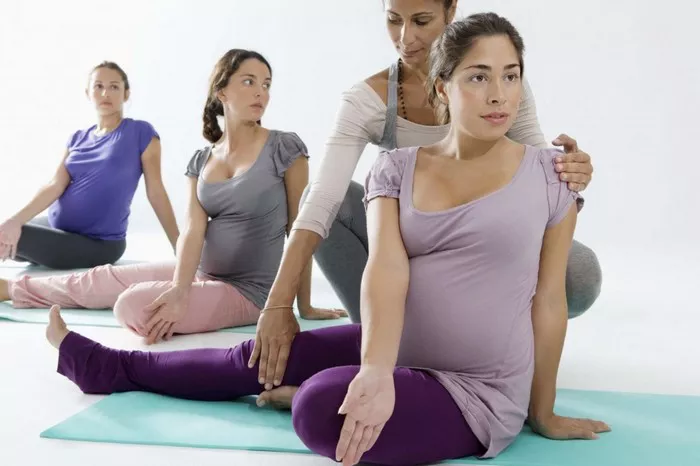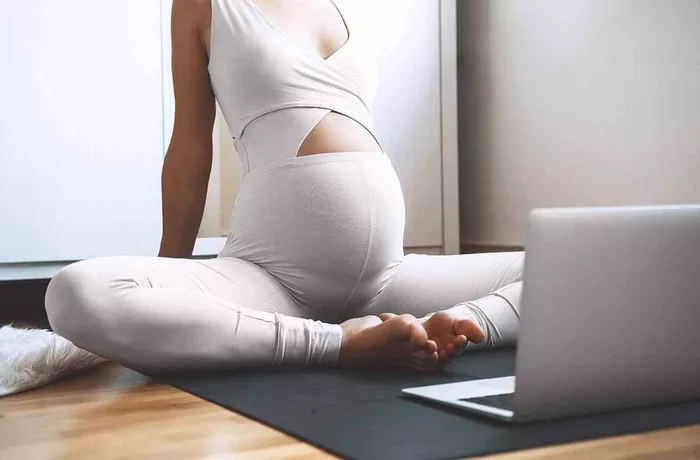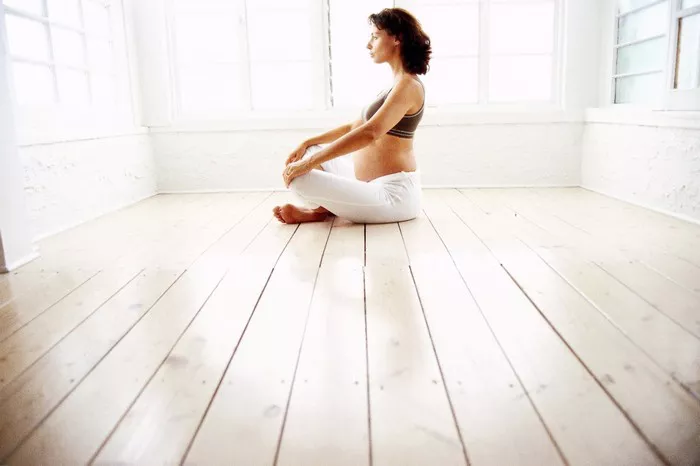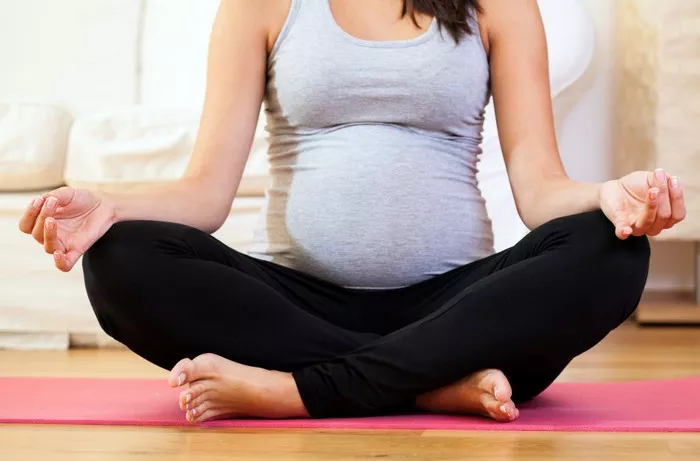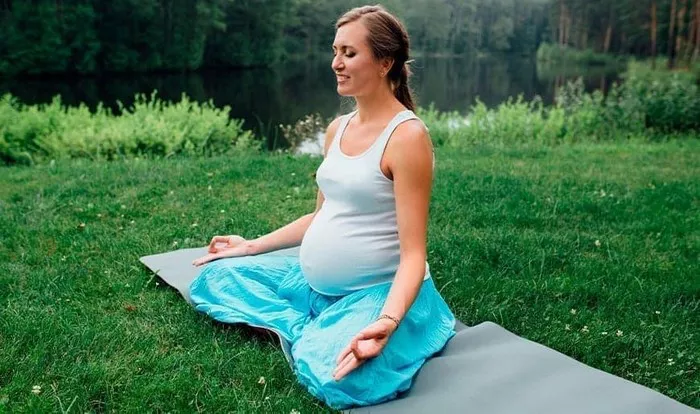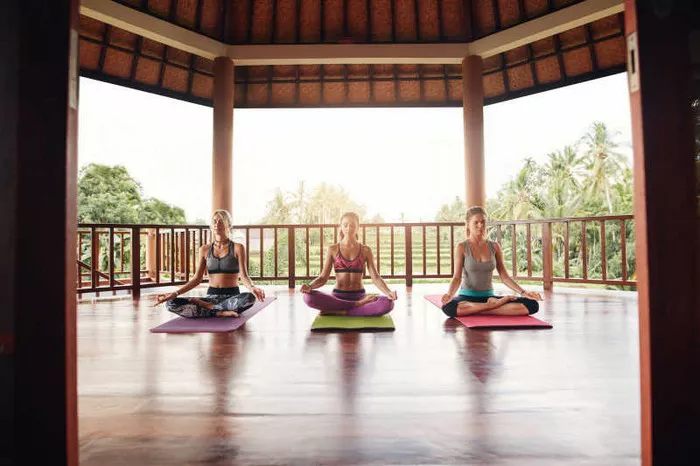Restorative yoga is a gentle, yet profound practice that allows individuals to deeply relax, rejuvenate, and restore balance to both mind and body. As a teacher, guiding students through restorative yoga requires a nuanced approach that prioritizes relaxation, mindfulness, and therapeutic benefits. In this article, we delve into the essential aspects of teaching restorative yoga, offering precise insights and strategies to help both beginners and seasoned instructors cultivate a nurturing and transformative environment for their students.
Understanding the Fundamentals
Before diving into teaching restorative yoga, it’s crucial to grasp the fundamental principles that underpin this practice. At its core, restorative yoga focuses on relaxation and stress relief through supported, passive poses held for extended periods. These poses typically involve the use of props such as blankets, bolsters, and blocks to provide gentle support and facilitate deep release.
Key elements of restorative yoga include:
1. Supported Poses: Encourage students to find comfort and ease in each posture by using an array of props to support their body weight. This support allows muscles to fully relax, promoting a sense of surrender and letting go.
2. Mindful Breathing: Emphasize the importance of conscious breathing throughout the practice. Encourage students to cultivate slow, steady breaths, guiding them to deepen their awareness of each inhale and exhale.
3. Intentional Rest: Remind students that restorative yoga is not about exertion or striving for a particular outcome. Instead, it’s an invitation to surrender to the present moment, embracing stillness and allowing the body to unwind naturally.
4. Sensory Awareness: Encourage students to tune into their sensory experiences during the practice, noticing the sensations of warmth, support, and release provided by the props. This heightened awareness fosters a deeper connection to the present moment and enhances the overall relaxation response.
Preparing for a Restorative Yoga Class
As a restorative yoga teacher, thorough preparation is essential to creating a nurturing and supportive environment for your students. Consider the following steps when planning your classes:
1. Selecting Suitable Poses: Choose a variety of restorative poses that target different areas of the body and address common areas of tension and tightness. Incorporate both gentle twists, forward folds, and gentle backbends to provide a comprehensive release.
2. Gathering Props: Ensure that you have an ample supply of props available for your students, including blankets, bolsters, blocks, and straps. Arrange the props in a way that facilitates easy access and encourages students to explore different variations of each pose.
3. Setting the Atmosphere: Create a tranquil and inviting space for your class by dimming the lights, playing soft music, and incorporating aromatherapy if appropriate. Consider adding elements such as candles or essential oil diffusers to enhance the overall ambiance and promote relaxation.
4. Sequencing the Practice: Structure your class in a way that allows for a gradual progression from more active movement to deep relaxation. Begin with gentle warm-up exercises or mindful breathing techniques to help students transition into a state of receptivity before moving into the restorative poses.
Guiding Students Through the Practice
During the class, your role as a teacher is to provide clear instructions, gentle guidance, and unwavering support to help your students fully immerse themselves in the restorative experience. Here are some tips for effectively guiding students through the practice:
1. Verbal Cues: Use concise and descriptive language to guide students into each pose, offering clear instructions on how to position their bodies and use props for support. Encourage them to focus on their breath and invite them to soften into each posture with each exhale.
2. Hands-On Assistance: Offer hands-on adjustments and gentle assists to help students find optimal alignment and deepen their relaxation. Always ask for consent before providing hands-on support and respect each student’s boundaries and comfort level.
3. Encouraging Mindfulness: Throughout the practice, encourage students to cultivate a sense of mindfulness and inner awareness. Guide them to observe any sensations, thoughts, or emotions that arise without judgment, allowing them to simply be present with whatever arises.
4. Creating Space for Silence: Incorporate periods of silence and stillness into the practice, allowing students to fully immerse themselves in the restorative experience. Avoid filling every moment with instruction or commentary, instead allowing for moments of quiet reflection and inner exploration.
Adapting to Individual Needs
As a restorative yoga teacher, it’s essential to be adaptable and responsive to the individual needs of your students. Recognize that each person comes to the mat with their unique physical abilities, limitations, and emotional states. Here are some strategies for accommodating diverse needs in your classes:
1. Offering Modifications: Provide modifications and variations for each pose to accommodate different body types, mobility levels, and injuries. Encourage students to listen to their bodies and honor their limitations without judgment or comparison.
2. Providing Personalized Support: Take the time to connect with each student individually, offering personalized guidance and support as needed. Be attentive to any signs of discomfort or strain and offer adjustments or alternative options accordingly.
3. Creating a Safe Space: Foster an inclusive and non-judgmental atmosphere where students feel comfortable expressing their needs and concerns. Emphasize the importance of self-care and self-compassion, reminding students that it’s okay to take breaks or modify poses as needed.
4. Being Mindful of Trauma: Be mindful of the potential for trauma triggers to arise during the practice, especially in poses that involve vulnerable or closed body positions. Offer trauma-sensitive language and cues, and provide options for students to maintain a sense of safety and agency throughout the class.
Conclusion
Teaching restorative yoga is a deeply rewarding experience that allows instructors to guide students towards a profound state of relaxation, rejuvenation, and inner peace. By understanding the fundamental principles of restorative yoga, thoroughly preparing for each class, and skillfully guiding students through the practice with compassion and sensitivity, teachers can create a nurturing and transformative environment that supports the holistic well-being of their students. With dedication, practice, and a commitment to mindfulness, instructors can unlock the serenity of restorative yoga and empower their students to embark on a journey of self-discovery and healing.

